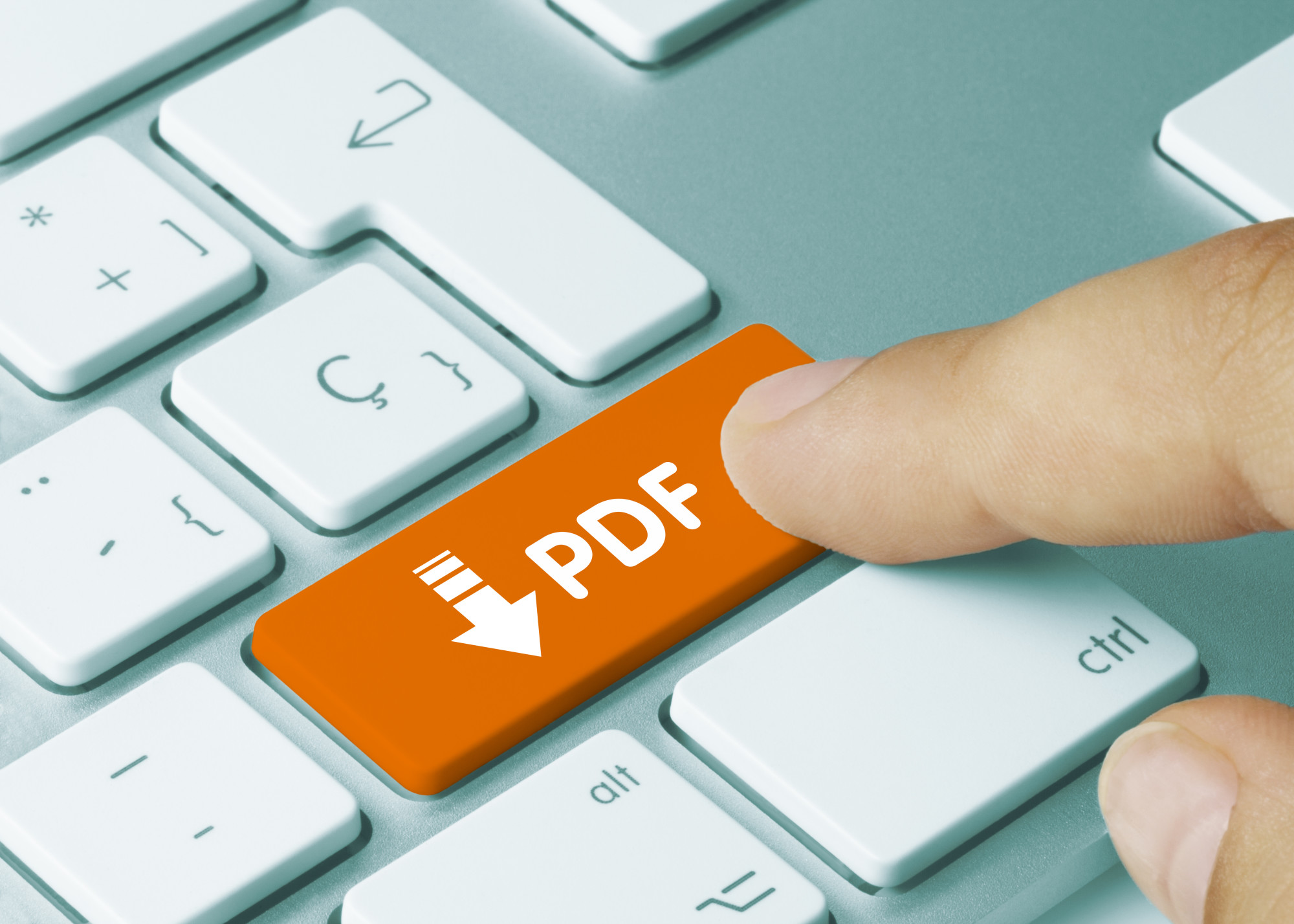Is your hard drive almost full? Do you need to save space on your computer without losing precious data?
The best way to do this is by compressing your files. Compressed files have smaller file sizes and take up less space on your machine. Furthermore, they are easier to share and quicker to upload to Google Drive or DropBox.
Compression is a useful tool for people who frequently work with videos, music, graphics, and other data-heavy files. But what’s the best way to compress files and which compression formats should you use?
Keep reading to find out how to handle your compressed files.
What Is File Compression?
A compressed file is also called an archive file. The archive contains several files inside which have been reduced in size.
A compressed file is smaller than the original, meaning it is easier to transfer and takes up less space on your computer.
Using a regular computer you can compress and uncompress files easily. When you uncompress a file, it returns to its regular state without losing any data.
Compressing Files
On Windows, it only requires a few clicks to compress (zip) a file. First, create a folder on your computer with the files you want to compress inside. Then, right-click on the folder and select “Compress (zip)”.
Alternatively, you can use third-party software such as 7zip to compress your files.
If you own a Mac, zipping files is also super easy. Mac computers come with an inbuilt Archive Utility that allows you to zip and unzip files in no time.
To zip on a mac simply right-click on the file you want to compress and select “Compress”. To zip multiple files at once, shift-click to select them, then right-click one of them and select “Compress”.
How Does File Compression Work?
When it comes to file compression, there are two main types – referred to as lossless and lossy compression.
Lossless
Lossless compression reduces a file’s size without causing it to lose any important data. Rather, the file size is reduced by removing redundant information.
Redundancy refers to the same piece of data being stored in several places. By removing redundancy, you are left with a single copy of each piece of data.
In other words, the file contains the exact same information, but in a simplified form.
Lossy
Unlike lossless compression, lossy compression results in the permanent loss of certain data points.
The type of compression is commonly used for media files like videos, images, or music tracks. In most cases, it’s impossible to notice any difference between the compressed and uncompressed versions.
However, if you compress the same file multiple times, the quality will begin to degrade.
Why Compress Your Files?
If you work with large files every day, then you’ll know the importance of file compression. Large files can strain your bandwidth and fill up your computer’s storage space.
Uses Less Space on Your Hard Drive
Your computer has a finite amount of storage space on its hard drive and hoarding files can fill it up pretty fast. In fact, holding on to large files is impractical and might slow down your computer.
One way to deal with this issue is to compress your files using Zip or another compression facility.
Why not put all your unused files into a single archive folder? Or zip up your movie collection?
More Efficient File Transfers
Another benefit of compressing your files is quicker and more efficient file transfers.
For example, uploading large files to Google Drive or DropBox can take a long time. Compressing your files can make the process a whole lot easier. Whoever receives the file can extract it on their end and they’ll have everything they need.
File Compression Formats
There are several different popular file compression formats. Here are some of the most commonly used ones.
ZIP Files
Zip is one of the first and most popular file compression formats. Most Zip compression software uses an algorithm called DEFLATE. This algorithm is lossless so no data is lost during the compression process.
Zip compression allows users to compress large amounts of files into a single archive. The compression process is also fast and efficient. All the popular operating systems support Zip files, including Windows and Linux.
7z Files
The 7z file compression format is open-source and uses an algorithm called LZMA. This algorithm is powerful and assures 100% lossless compression.
In fact, when compared to RAR and Zip, 7z offers the most powerful file compression capabilities.
Due to its open-source nature, you can download 7z software and use it as much as you like. The 7z compression process is effective and efficient. In fact, 7z is the most powerful compression type on this list.
RAR
Developed by a Russian software engineer, the RAR compression format is another effective way to compress files.
RAR is known for its unlimited trial period. Although it’s only supposed to last for 30 days, the service does not stop and can be used indefinitely.
The RAR format works especially well with audio files as it doesn’t distort the sound or quality of the track. RAR is also more efficient than Zip.
Convert Your Compressed Files Today
Compressed files take up less space on your computer and they’re easier to transfer over the internet.
File compression can either be lossy or lossless. Lossy compression removes some of the file’s data in order to reduce its size, while lossless compression removes redundancy but retains all of the original data.
Have you got a certain type of archive file that you need to convert? Maybe you want to turn your 7z file into a RAR file? Use Offdrive to convert all of your files for free!









